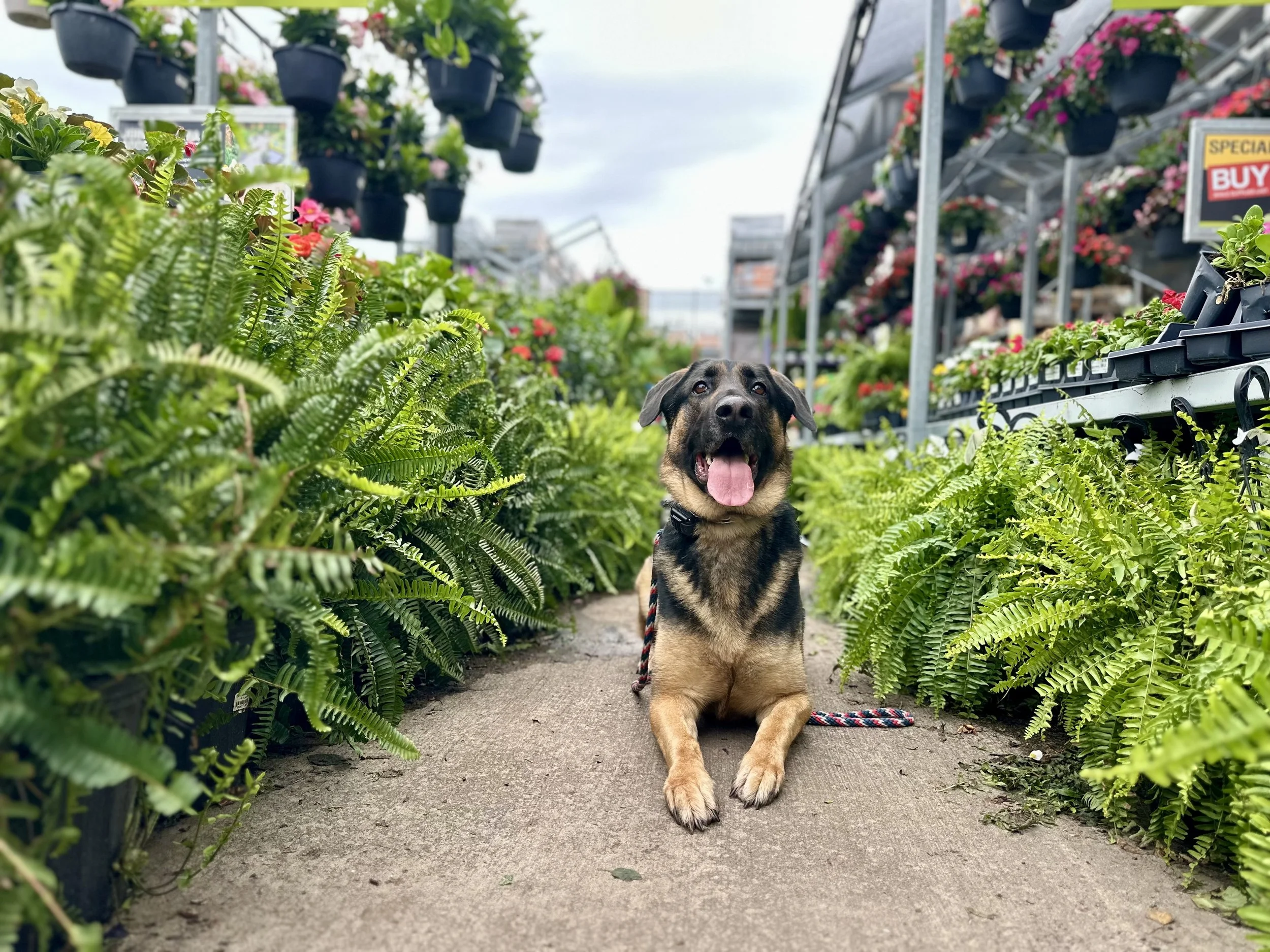
What Is the 3-Second Rule for Dogs?
Dog owners in Virginia and DC often hear about the “3-second rule,” especially when socializing their pets. But what does it actually mean—and why is it so important? The 3-second rule is a simple yet powerful guideline for safe dog-to-dog introductions that helps prevent tension, fear, and potential fights.
Understanding the 3-Second Rule
The idea is straightforward: when two dogs meet for the first time, let them sniff and interact for no more than three seconds, then gently call them apart. This short interaction gives both dogs a chance to assess each other without pressure or overstimulation.
Why three seconds? Because most dogs can tolerate brief contact before their body language starts to shift. Beyond that, excitement or anxiety can escalate quickly—especially in dogs that are shy, nervous, or dominant.
How to Use the 3-Second Rule
When introducing dogs in Virginia parks, DC neighborhoods, or training environments, follow these steps:
Keep both dogs on loose leashes—avoid tight tension.
Allow a brief sniff or greeting (3 seconds max).
Call your dog away using a happy, upbeat tone.
Praise or reward calm behavior immediately.
Repeat short introductions if both dogs remain relaxed.
This method promotes positive, low-pressure socialization, helping dogs learn to greet politely without lunging, growling, or freezing.
Why It Matters
The 3-second rule protects your dog’s emotional well-being and helps you read subtle signs before things go wrong. Even friendly dogs can feel cornered or overwhelmed during long greetings.
Following this rule:
Reduces the risk of fights or reactivity
Builds your dog’s confidence in new settings
Makes walks and playdates safer and more enjoyable
Many professional trainers in Virginia and DC use the 3-second rule as part of their relationship-based approach to socialization and reactivity training. It’s one of the easiest ways for owners to prevent unwanted behavior while strengthening trust.
The Takeaway
The 3-second rule isn’t about being strict—it’s about being smart. It gives dogs the space to decide if they’re comfortable, while teaching owners to stay proactive and observant.
Next time your dog meets a new friend at the park or during training, remember: a short, calm greeting is far better than a long, tense one. With the right approach, you’ll set your dog up for success and make every interaction safer and more positive.
